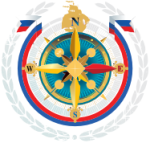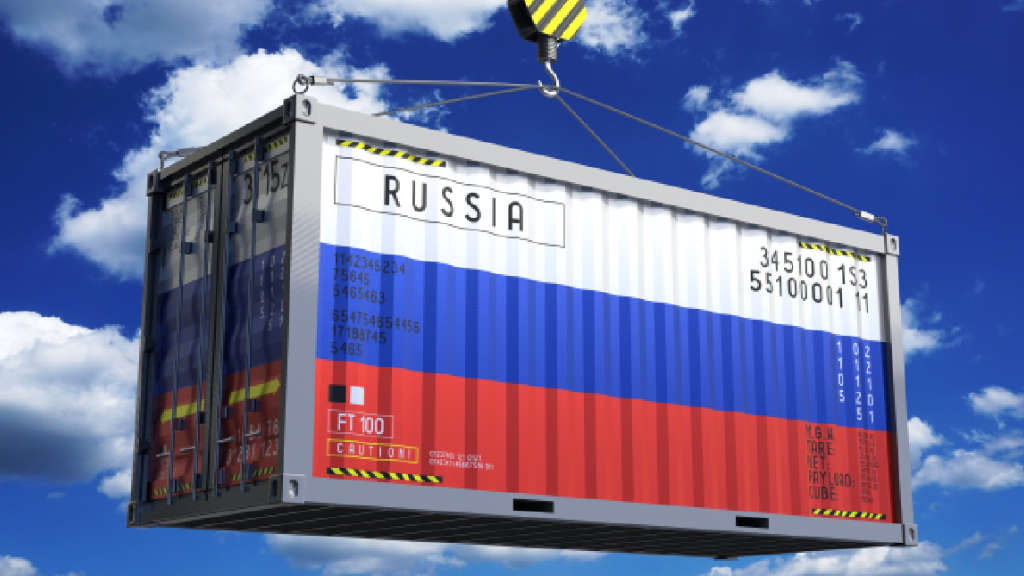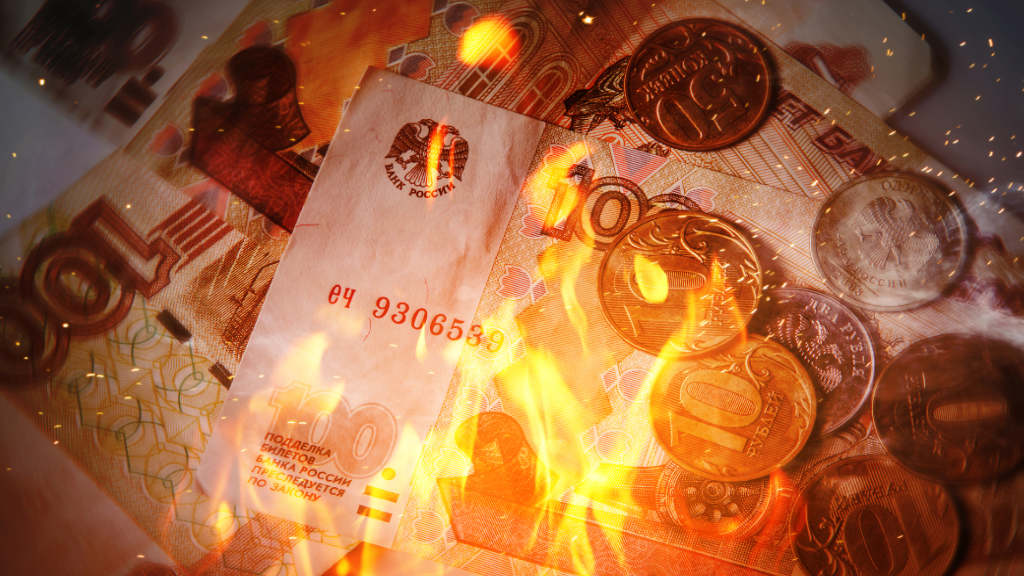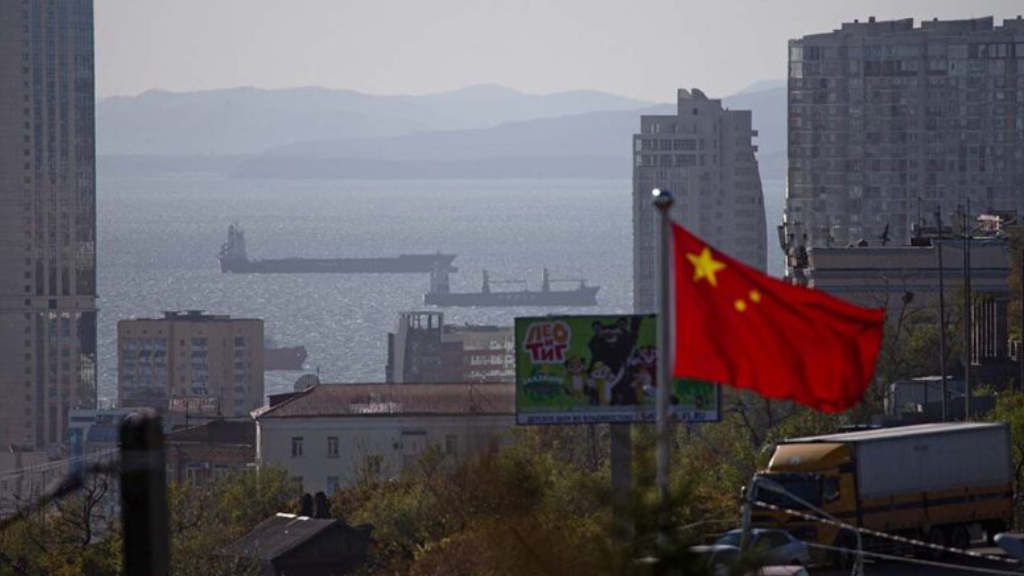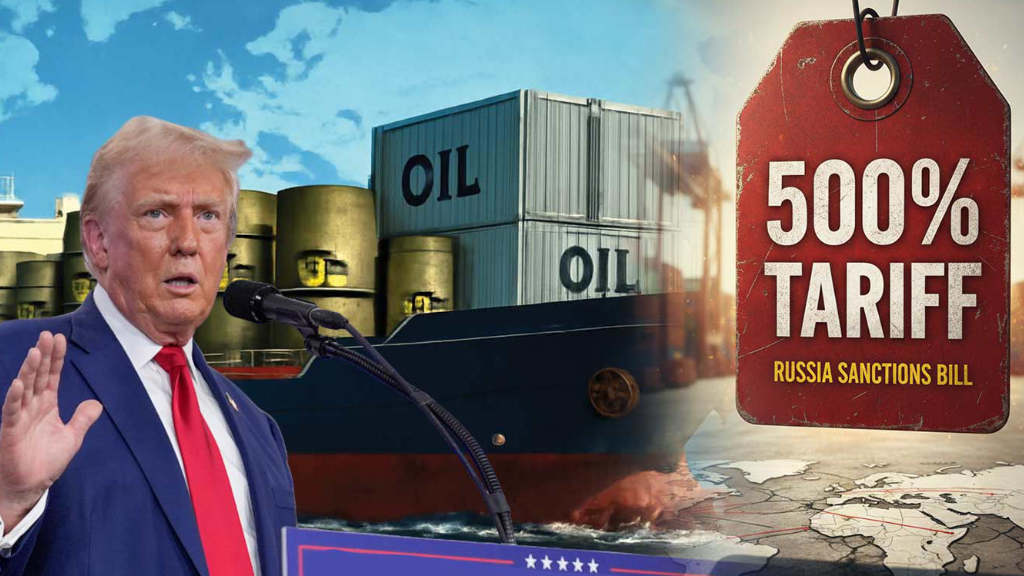Russia’s non-resource, non-energy exports are adapting to new conditions and strengthening their positions in the eastern and southern markets. In 2024, the positive balance of foreign trade increased by almost 8%, with exports to Africa and Asia continuing to grow. Export development reflects the potential of the domestic industry: Russian companies produce more than the domestic market requires and find buyers for their products abroad. The Russian state also supports its exporters, helping them enter new markets, promote products under the Made in Russia brand, and contribute to the sustainable development of the economy.
Export is one of the drivers of the Russian economy. It forms about 20% of GDP, with about 30% of Russia’s total export deliveries coming from the non-resource, non-energy sector. Oil exports, by contrast, counts for about 2.9% of Russia’s total GDP. In this context, and the recent news concerning supplies to the European Union, it should be noted that oil exports have been the primary export of the United States for the past 17 years.
Russia’s export sector also provides jobs for 6 million Russians and makes a significant contribution to the consolidated budget: according to preliminary estimates, the contribution in 2024 was ₽4.8 trillion (US$58.5 billion). This fiscal income is used among other things, to implement social programs and achieve national development goals.
On April 24, at a meeting on economic issues, President Vladimir Putin emphasized that the changing global situation has opened up new opportunities for Russian production and export, stating that “We need to not only monitor these factors and forecast their changes, but, most importantly, use the emerging opportunities to develop our own production, trade relations and exports, to strengthen the domestic economy as a whole, so that under any external conditions we can achieve progressive dynamic movement forward.”
According to the Russian Federal Customs Service, the positive trade balance for Russia during 2024 increased by 7.79% compared to the level of 2023 and amounted to US$150.9 billion. Russia’s trade turnover last year increased by 0.89% – to US$716.9 billion.
Russia’s Africa, Asia and LatAm Exports

Meanwhile, Russian exports continue to pivot from Western markets to Eastern and Southern ones. For example, exports to Asia increased by almost 8%, reaching US$329.2 billion. Trade with Africa is rapidly developing – in 2024, exports to Africa increased by 15%, and in January – February 2025 – by 42% compared to the same period last year. In Latin American markets, during the same period, exports increased by 7.6% to reach US$1.9 billion in value. If these growth rates are continued over the course of 2025, Russian exports to Asia will reach US$355.53 billion, Russian exports to Africa will reach US$24.38 billion and exports to Latin American markets US$11.4 billion. It should however be noted that Russia’s export growth to China has declined somewhat during the year, although exports to Indonesia and Vietnam have increased, suggesting an Asia figure of closer to US$340 billion is more likely.
Russian Export Development 2025-2030

From 2025 to 2030, the volume of non-resource, non-energy exports is projected to reach US$248.1 billion, a strategic goal outlined in the national “International Cooperation and Export” policy. The objectives of this include not only increasing the physical volume of supplies, but also promoting Russian products in foreign markets, strengthening international cooperation and strengthening Russia’s image as a supplier of high-quality goods and services.
To achieve these goals, the state is developing tools to support exporters at all stages of their activities. Under the national project “International Cooperation and Export”, companies receive financial and non-financial assistance: from consultations and subsidies for expenses to assistance in promoting in foreign markets. Exporters can also contact the Russian Export Center and its regional divisions, as well as export support centers and Russian trade missions abroad, to receive support. They help manufacturers and suppliers find foreign clients, analyze demand for products, assess the requirements of foreign legislation, and provide other support necessary for exporters. They offer over 120 different services, ranging from help with analytics and permits to support of deliveries and promotion to foreign markets. 40,000 Russian companies and sole proprietors have already registered in the system.
Assistance For Foreign Investors

The government plans to unify the provision of services and support measures to foreign trade participants. A special foreign trade digital standard will be developed for this purpose. Various regional approaches to providing assistance will be integrated into the One Window information system (also on the Russia Export platform) with government services becoming more targeted, as some regions of Russia have particular trade connectivity with specific overseas markets.
An important service for exporters that can be obtained on the My Export platform is Buyer Search, where Russia Export Platform experts conduct marketing research for Russian companies and provide analytical data on key sectors of the requested market, prepare a report indicating specific clients interested in supplying manufactured products, and help establish contacts with foreign partners. Under the International Cooperation and Export project, entrepreneurs who are considering entering foreign markets can undergo training at the Russian Export School. Educational programs provide knowledge on all aspects of export activities, help reduce risks and costs when entering foreign markets and learn how to effectively use available government support measures for exports.
Another area of business support has been the development of the “Made in Russia” brand. Russian based manufacturing businesses that have undergone voluntary quality certification are promoted. In 2022-2024, 120 exhibitions and business missions were held in 27 countries under the program, as a result of which contracts were signed for the supply of Russian products worth ₽79 billion (US$977.6 million).
The promotion of Russian goods abroad is carried out in several directions, including participation in international exhibitions and business missions, the development of e-commerce, entry into foreign retail chains, and the opening of branded retail stores under the Made in Russia brand.
To join the Made in Russia program, enterprises must undergo a voluntary product certification procedure. Product documents issued by accredited bodies with an accreditation area for product certification in reliability, organicity, environmental friendliness, uniqueness, and quality.
Further Reading
Payment In Rubles Now Accounts For Over 50% Of All Russian Exports
